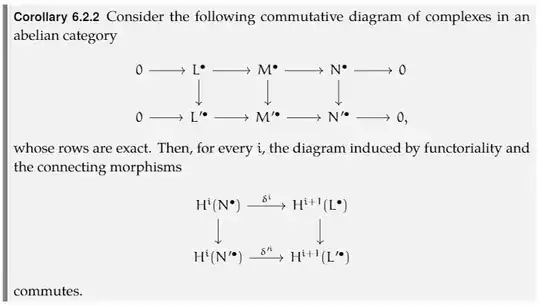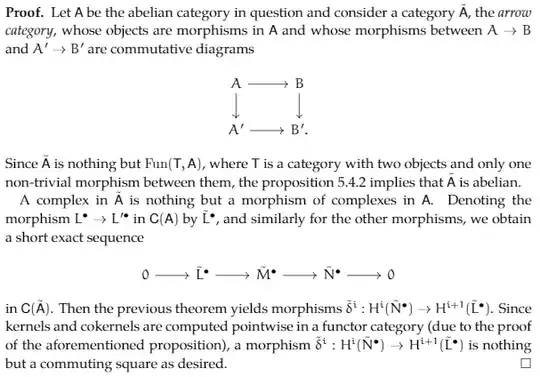I'm writing some notes on homological algebra and there I proved the long exact sequence in cohomology using the snake lemma. (I can give more details if anyone wants.) The next natural step is to prove that the connecting morphisms arise "functorially". In most books (Iversen, both books by Gelfand and Manin, both books by Kashiwara and Shapira, etc...) this is said to be either "obvious" or is an exercise to the reader.
Using elements (as Weibel does it), this is not too difficult but, since my main example of abelian category is the category of sheaves, I would rather avoid it.
Another possibility is to use the mapping cone to describe "explicitly" the connecting morphism and then the functoriality comes for free.
Because of this, I am thinking about using this (the need for an explicit description of the connecting morphisms) as a first motivation for the mapping cone construction. However, this would be very silly if the functoriality was indeed obvious. That's why I'm here: there is an "obvious" proof of this without using elements nor mapping cones?
(Not really related, but I would also love to know if someone can think of a better motivation for mapping cones, which I'll need to define the triangulated structure of the homotopic and derived categories.)

